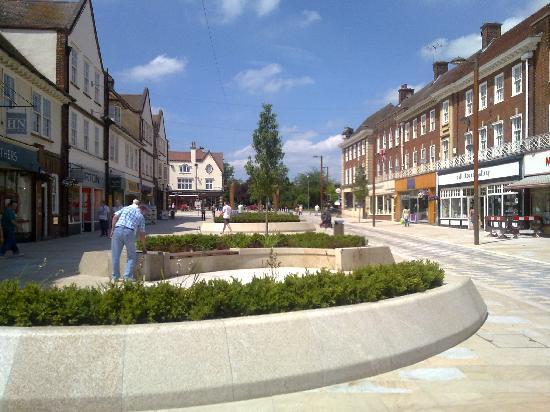How much personal space is enough personal space? There’s no right or wrong answer, just personal preference. No matter how much, or how little, everyone needs a bit of space just for themselves. People also want to connect with other people. These two desires – having space and being close to people – are at odds with each other. A lot of the tension in urban design and city building is caused by so many people all trying to balance their desire for personal space with their desire to be close to others.
The rich often pay huge amounts to live in very tall buildings in places like Manhattan, Toronto or Vancouver. They spend lots of money and get both space and a killer location. You can also take less space to get a better location. The growth of micro apartments and small condos is an example of this tradeoff. In developing countries, exceptionally dense slums are an extreme way to trade space in order to live in the city. With many people sharing tiny homes, apartments, rooms and sometimes even beds, the population density of slums is often ten or twenty times higher than the densest North American or European cities.
This tension – wanting both space and easy access to they city and all it has to offer – is a major force in city planning. For decades, many people seemed happy to give up location and move farther and farther from the city to get more space or cheaper space. This preference was intentionally aided by building or widening roads, and often coded into zoning by-laws in the form of large lot standards.
Even in the city, the idea of space for everyone took hold. A byzantine labyrinth of setbacks, density caps, floor area ratios and angle controls often limited the size and height of buildings, and the number of people that could live or work in an area. Where there was crowding and high densities, government funded ‘renewal’ often tore through old sections of town and built modern high-rises or townhouse blocks in their place. Scotia Square and Uniacke Square are local examples. Renewal projects and modern buildings often took the form of ‘towers in a park’, following architect Le Corbusier’s influential Radiant City proposal. The idea was straightforward – replace cramped, over-crowded low-rise neighbourhoods with tall towers in the centre of large greens and parks. Private space (apartments) in the towers. Public space (parks) surrounding them. Provide motorways — like the Cogswell Interchange — to connect everything, and voila, urban utopia.
That was the idea. Billions and billions of public and private money went into renewal projects across North America and Europe. Billions more went into freeways that sliced apart old neighbourhoods, all to connect booming suburbs to increasingly derelict downtowns. The results were disastrous. With withering style, Jane Jacobs eviscerated this planning doctrine in The Death and Life of Great American Cities: “This is not the rebuilding of cities. This is the sacking of cities.”
The Radiant City and massive urban renewal projects were clear failures. The philosophy was abandoned by architects, planners and politicians in North America and Europe. Interestingly, no component of the Radiant City was itself bad. Tall towers – office or residential – can be designed as part of great neighbourhoods. Vancouver is a good example. Parks – big and small – are critical to every city. Even freeways have their place, admittedly outside or on the edge of cities.
So what was missing? Space? Nope: lots of parks, lots of private units, lots of public space. Many developments even had their own indoor community spaces. What was missing was quality public spaces: small shops, neighbourhood squares, pocket parks, local restaurants, main streets, and busy sidewalks. Visionaries like Le Corbusier assumed lots of space could substitute for quality spaces. They were wrong.
This brings us back to the central tension of cities – space, and how to use it. In successful cities, space will always be limited and expensive. To build great cities we have to consciously design great public places. Designing great places – place making – was for too long a lost art. At best, it’s been on life support for decades. Thankfully, very thoughtful people are reapplying traditional techniques, while adding new ideas and new approaches. Some of these people are at work right here in Halifax.
I’m excited by the idea of making the most of limited space, and of making the most of the special qualities of each city, each street and each neighbourhood. I hope you keep reading as I write about the thinking needed to design great urban places, the building blocks of social cities.





